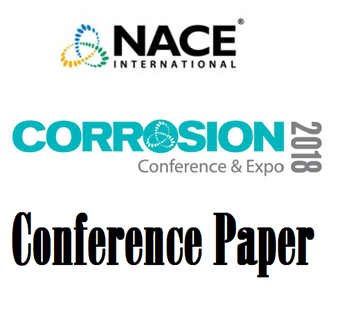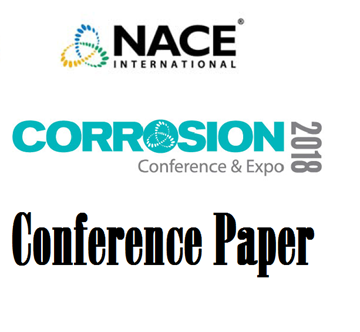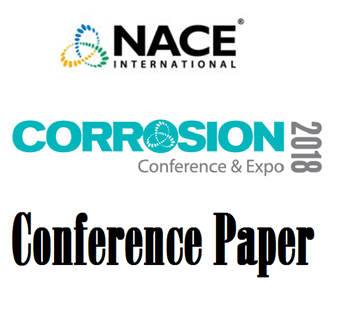Search
51318-11618-The use of a Novel Rotating Cage with Electrochemical measurements to evaluate corrosion inhibitor performance in CO2 environments
Also Purchased
51318-10903-Evaluation of corrosion inhibitor with high speed rotating cage
Product Number:
51318-10903-SG
Publication Date:
2018
$20.00
51318-11623-The Effect of High Partial Pressure of CO2 on the Corrosion Mechanism of Carbon Steel in H2O-CO2 Systems
Product Number:
51318-11623-SG
Publication Date:
2018
$20.00
51318-11614-Electrochemical Noise - Ready for Corrosion Monitoring in Lab and Field
Product Number:
51318-11614-SG
Publication Date:
2018
$20.00




